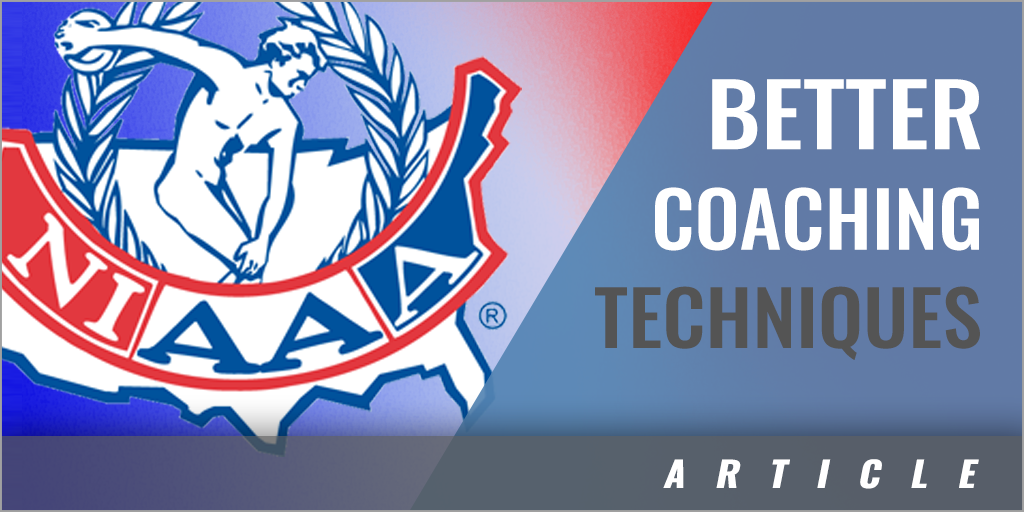By: Mark Rerick, CMAA The best coaches understand that their athletic venue is an extension of the classroom. For that reason, techniques that work in the classroom are also effective on the court, field, track, or rink. In reading a text about the use of Response to Intervention (RTI) techniques in schools, I was reminded again of the parallels between teaching and coaching. When observing and evaluating coaches' performances, these RTI guidelines can provide a useable outline for athletic directors to discuss with coaches. The author of the text I was reading, Wayne Callender, first listed the four conditions necessary for a student's practice to improve his/her performance:
These steps are pretty basic, but I find them to be good reminders, especially to coaches of higher levels. Too often, varsity coaches want to ignore skill teaching to focus on teaching strategy, or they want to teach skills to a group of kids not interested in learning those skills. Using those steps listed above provides a good template for coaches to become better coaches. |







